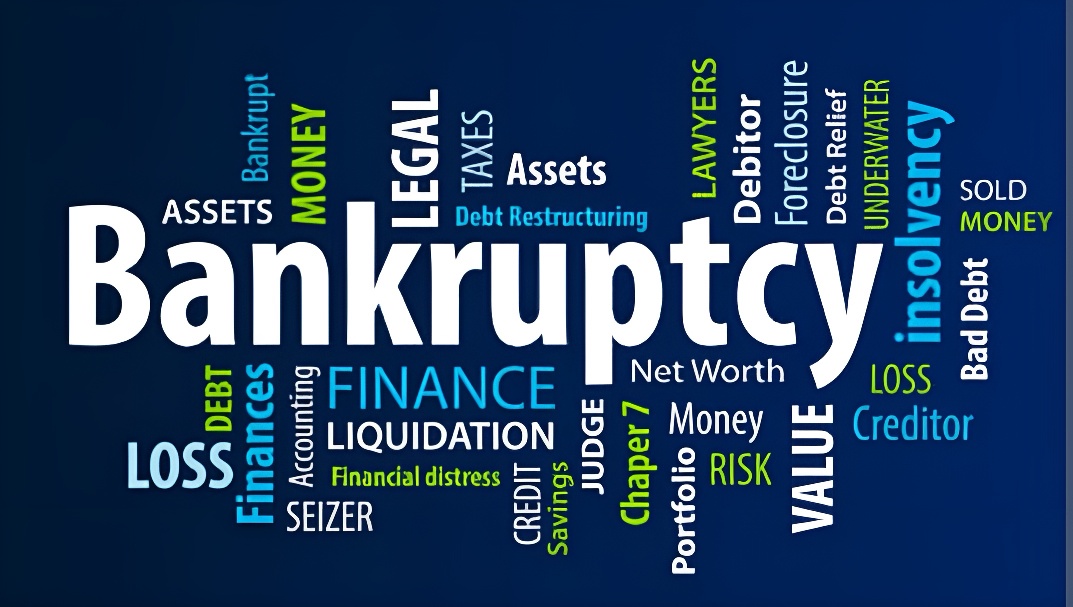3 Types of Bankruptcies
It is best to consider bankruptcy when you cannot get out from under your debt without adversely affecting your livelihood. Generally, there are 3 types of bankruptcies, including Chapter 7, Chapter 11, and Chapter 13 but you can also find the best debt relief company for debt relief. A business can file for bankruptcy, depending on its structure. However, bankruptcy is a legal process initiated when a business or individual can't afford to pay outstanding debts. It provides a fresh start for people who can no longer afford to pay their bills. The bankruptcy process starts with a petition filed by the debtor, which is quite common, or on behalf of creditors, which is less common. Bankruptcy filing in the US is categorized by which chapter of the Bankruptcy Code applies. For instance, Chapter 7 bankruptcy involves the liquidation of assets. Chapter 11 bankruptcy deals with a company or individual reorganizations. On the other hand, Chapter 13 bankruptcy arranges for debt repayment with minimum debt covenants or particular payment plans. In this short guide, there is complete information about common bankruptcy types.
Chapter 7 Bankruptcy:
Chapter 7 bankruptcy proceedings involve paying off unsecured creditors through liquidating the debtor's assets, which are non-exempt from liquidation by either federal or state law. The most common type among the 3 types of bankruptcies is usually the exempt assets, including home, commercial vehicle, retirement savings, welfare entitlements, and Social Security checks. However, these types of assets are secure from liquidation to repay debt. On the other hand, the non-exempt assets involve cash, funds held in bank accounts, funds held in the stock market, jewelry, collectibles, and any second car or home. These types of non-exempt assets will be subject to liquidation under a Chapter 7 bankruptcy proceeding, and as a result, funds raised will be used to pay off creditors.
Chapter 11 Bankruptcy:
It is most often used by businesses, though many individuals also use it when their debts cross the limits granted in Chapter 13 bankruptcy. In the list of 3 types of bankruptcies, Chapter 11 bankruptcy is suitable for those who don't want to sell their assets. A Chapter 11 bankruptcy is considered a reorganization bankruptcy proceeding. It is because it allows businesses to continue operating while restricting debts. Furthermore, Businesses ranging in size and scope from huge multinational organizations to relatively small partnerships use this type of bankruptcy to pay off their debts over time. It is because, in Chapter 11 bankruptcy, they don't need to sell their assets or cease operations.
Chapter 13 Bankruptcy:
This type of bankruptcy is filed by a debtor with an income more than the median level of the state in which they reside. Chapter 13 bankruptcy is included in 3 types of bankruptcies, and it is an ideal option for those whose income may be too high to file for Chapter 7 debt relief. Moreover, the Chapter 13 bankruptcy proceeding involves designing a 3 to 5-year repayment plan that necessitates paying off some creditors to have other debts forgiven. After the completion of the repayment plan, the remaining debts are excluded.
Ways to Choose a Bankruptcy Type:
Selecting a type of bankruptcy to file under is, within limits, up to the debtor. It is based on your requirements. Usually, Chapter 7 is ideal for people with limited income and some assets who need to conclude matters as quickly as possible. Keep in mind that if you have a lower income, the court refused a Chapter 7 liquidation petition or converted it to a Chapter 13 bankruptcy. On the other hand, Chapter 13 is perfect for someone who needs to hang onto as many possessions as possible. In addition to this, they have the income to support repayment. At the same time, businesses that want to stay in business may need to select Chapter 11 bankruptcy.
Conclusion:
The decision to get bankruptcy protection can have ramifications that echo for years. It will involve a lot of cost and investment of time. To get maximum benefits for minimum pain, study these 3 types of bankruptcies. After that, choose the one that suits your situation.


No comments yet